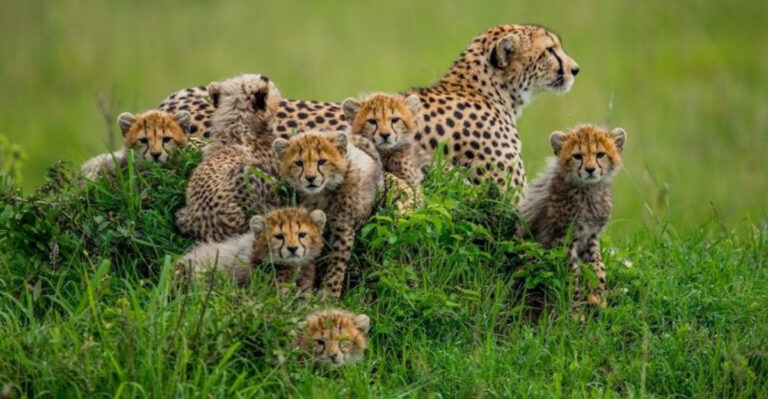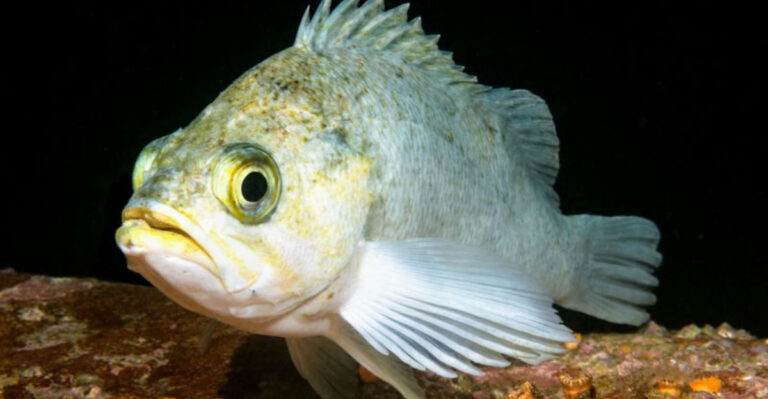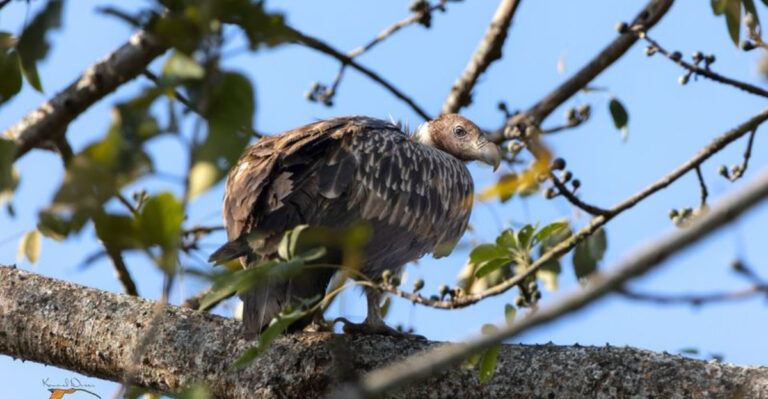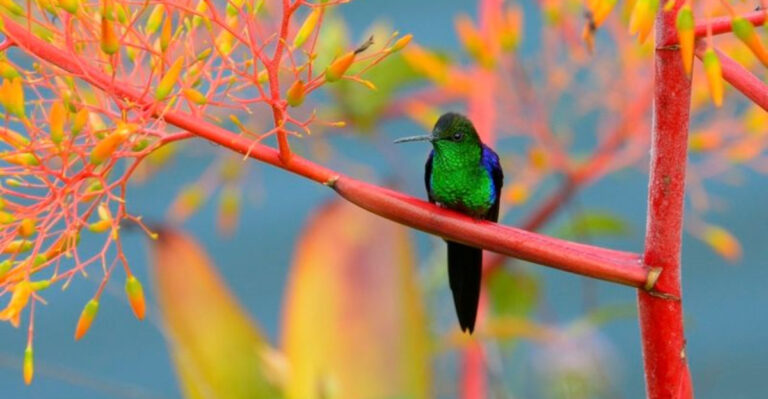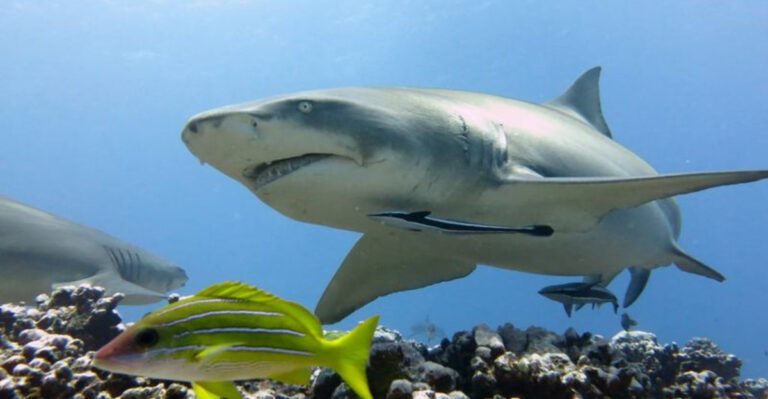16 Iconic Animals Once Native To America That Are Now Extinct
America’s vast wilderness was once home to a rich variety of unique animals that no longer walk the Earth.
Their stories serve as powerful reminders of the delicate balance between wildlife and progress. Here are remarkable animals once native to America that have vanished forever.
1. Cuban Red Macaw: Once A Symbol
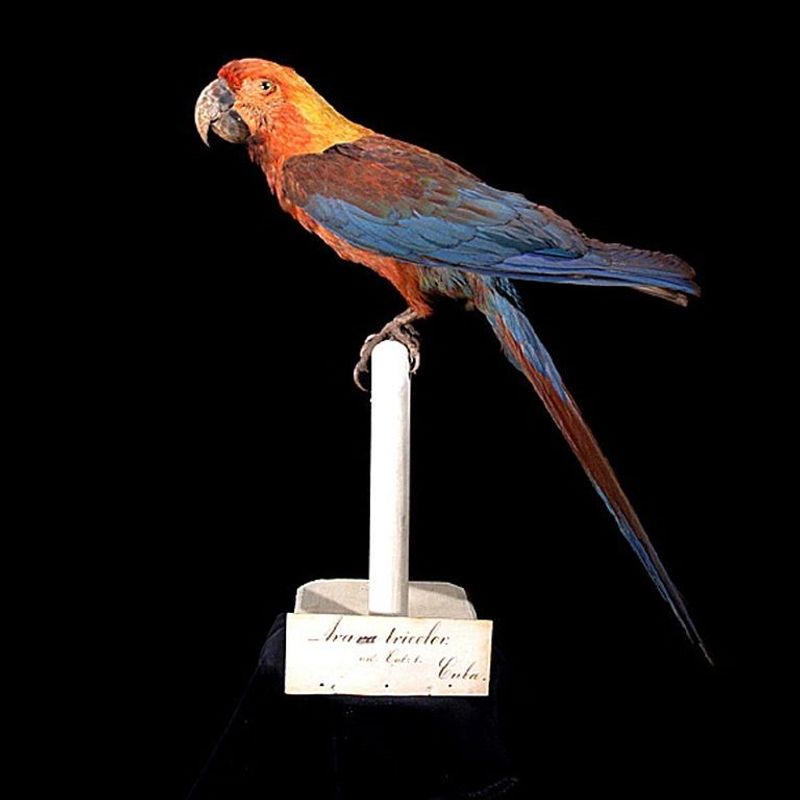
Did you know the Cuban Red Macaw was once a symbol of the vibrant Caribbean ecosystem? These striking birds, adorned with red feathers and blue-tipped wings, painted the skies of Cuba until the late 19th century.
Their extinction was primarily due to hunting and deforestation. Their captivating colors made them a target for collectors and traders, significantly reducing their population.
By 1864, they vanished entirely, leaving only a handful of museum specimens as evidence of their existence. The loss of the Cuban Red Macaw reminds us of the fragile balance within our ecosystems.
2. Ivory-Billed Woodpecker: Proof Of Habitat Importance
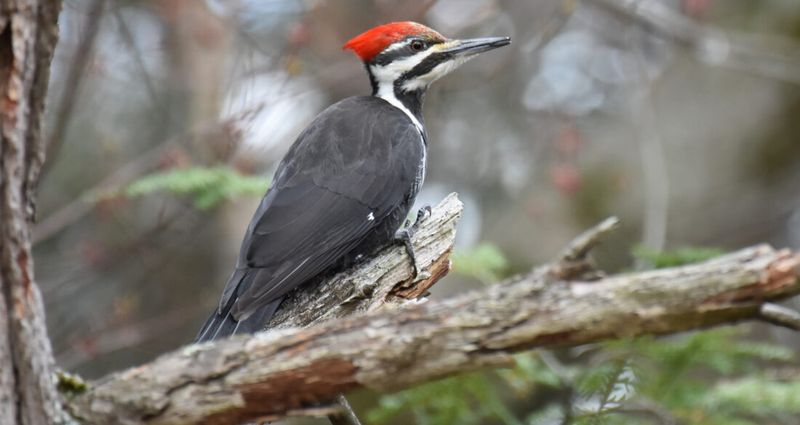
With a wingspan as wide as an eagle’s, the Ivory-billed Woodpecker was an awe-inspiring sight in the forests of the southeastern United States. Known for its striking appearance, this bird was a vital part of its ecosystem.
The relentless logging of old-growth forests led to its decline, as it depended on these trees for survival. Despite reported sightings, it is largely believed to be extinct today.
The plight of the Ivory-billed Woodpecker underscores the importance of conserving natural habitats to protect our remaining wildlife treasures.
3. Passenger Pigeon: From Billions To None
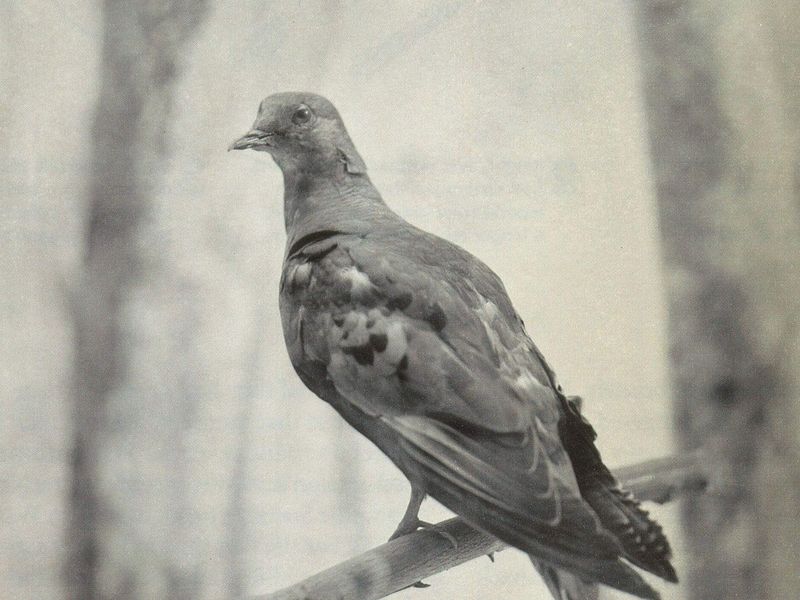
Once darkening American skies in flocks so massive they could take days to pass overhead, passenger pigeons numbered in the billions. Their beautiful slate-blue heads contrasted with rusty-red breasts.
Market hunting decimated them in the late 1800s, with millions killed weekly for cheap meat. The last wild bird was shot in 1901, and the final captive pigeon, Martha, died at Cincinnati Zoo in 1914.
4. Carolina Parakeet: America’s Lost Parrot
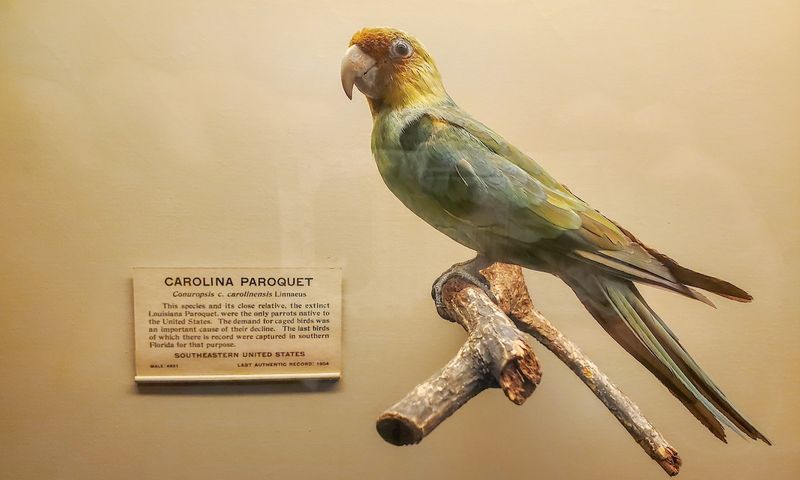
Sporting vibrant green bodies with yellow heads and orange faces, Carolina parakeets brought tropical flair to eastern American forests. These noisy, social birds traveled in large flocks, feasting on fruits and seeds.
Farmers considered them agricultural pests and hunted them relentlessly. Their loyal nature became their downfall – when flock members were shot, others would circle to mourn, making them easy targets. The last captive bird died in 1918.
5. Great Auk: The Northern Penguin
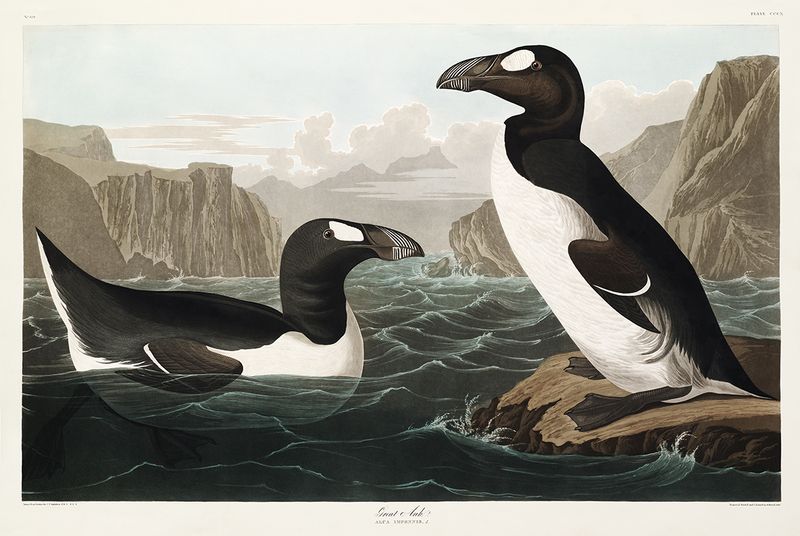
Standing nearly three feet tall, the flightless great auk resembled a penguin with its black and white plumage. These magnificent seabirds once populated North Atlantic shores, including Newfoundland and New England.
Sailors harvested them for meat, eggs, and feathers. Their awkward movement on land made them easy targets. The last pair was killed in 1844 on an Icelandic island by collectors who wanted specimens of what was already becoming a rarity.
6. Steller’s Sea Cow: Giant Of The Kelp Forests
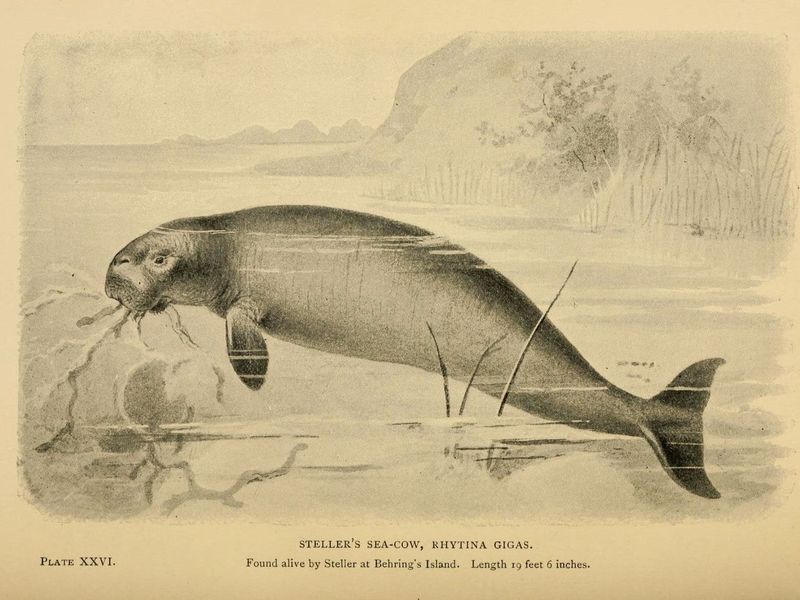
Measuring up to 30 feet long and weighing 10 tons, Steller’s sea cow was a gentle marine giant related to modern manatees. These massive creatures browsed peacefully in shallow kelp beds along the Commander Islands and Alaskan coast.
Russian fur traders discovered them in 1741 and quickly targeted them for their meat, fat, and hide. Slow-moving and unable to submerge completely, they were defenseless against hunters. Just 27 years after discovery, they were gone forever.
7. Heath Hen: The Prairie Chicken’s Eastern Cousin
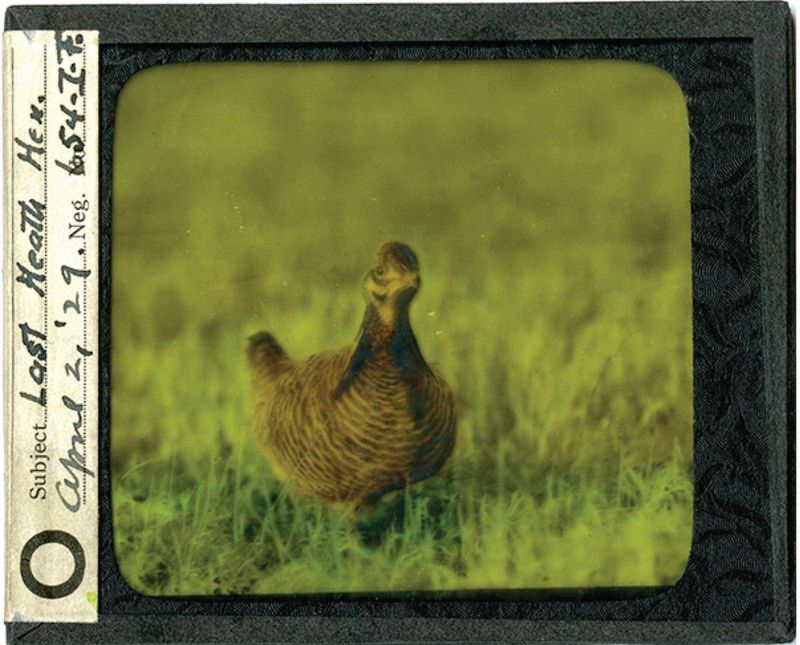
Heath hens once thrived across eastern coastal plains from Maine to Virginia. These chicken-sized birds with mottled brown feathers were famous for their springtime mating displays, when males inflated orange air sacs and stomped their feet rapidly.
Colonial settlers hunted them extensively for food. By the 1870s, the only remaining population lived on Martha’s Vineyard. Despite conservation efforts, the last bird, known as “Booming Ben,” disappeared in 1932 after a series of natural disasters decimated the dwindling population.
8. Sea Mink: The Valuable Fur Bearer
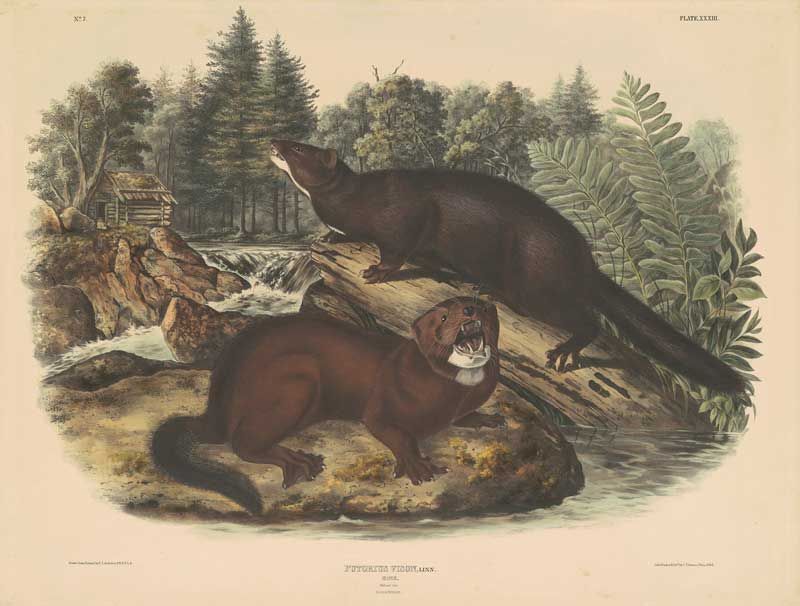
Larger than its inland relatives, the sea mink prowled rocky coastlines from Massachusetts to Nova Scotia. With rich, reddish-brown fur and partially webbed feet, these specialized hunters excelled at capturing fish, seabirds, and shellfish from tide pools and coastal waters.
Fur traders coveted their luxurious pelts, which commanded premium prices in the fashion industry. Relentless trapping throughout the 1800s drove them to extinction, with the last confirmed specimen taken around 1880, leaving behind only a few museum specimens.
9. Labrador Duck: Mystery Of The Northern Shores
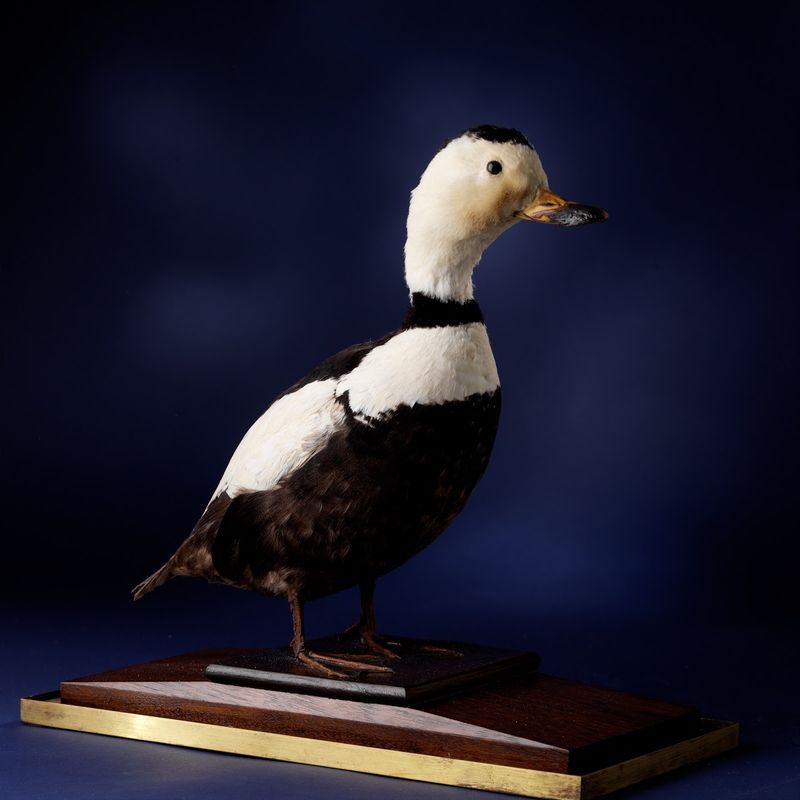
With distinctive black and white plumage and an unusual broad, shovel-like bill, the Labrador duck was a striking sea bird along North America’s northeast coast. Males displayed bold patterns while females wore muted browns.
Scientists still debate what caused their rapid disappearance. Unlike other extinct species, they weren’t heavily hunted. Their specialized feeding habits may have made them vulnerable to environmental changes. The last confirmed sighting occurred in 1878, making them one of the first North American birds to vanish after European settlement.
10. Merriam’s Elk: Lost Giant Of The Southwest
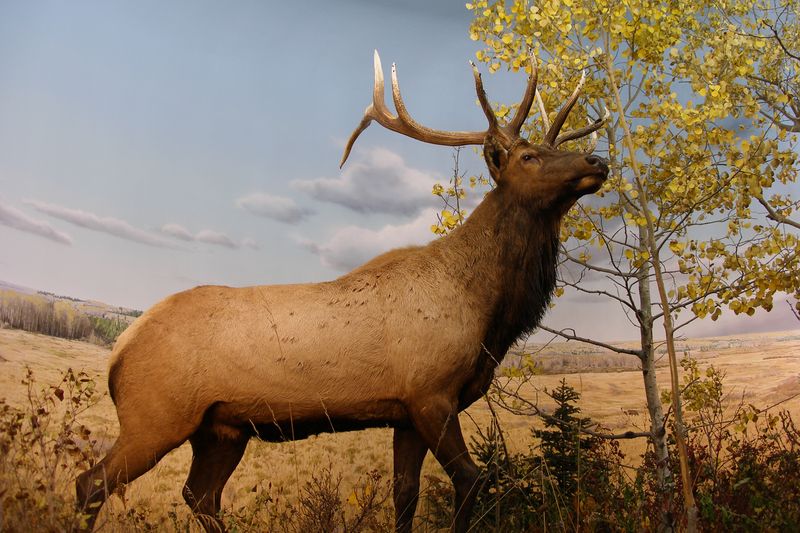
Adapted to the arid mountains and plateaus of the Southwest, Merriam’s elk roamed from Arizona to western Texas. Their lighter coloration helped them blend into the region’s golden grasslands and pine forests.
Unregulated market hunting to feed mining camps and railroad crews decimated their numbers in the late 1800s. Habitat loss from cattle ranching further squeezed remaining populations. By 1906, the last known individual was killed in Arizona, erasing this unique southwestern subspecies forever.
11. Caribbean Monk Seal: Peaceful Reef Dweller
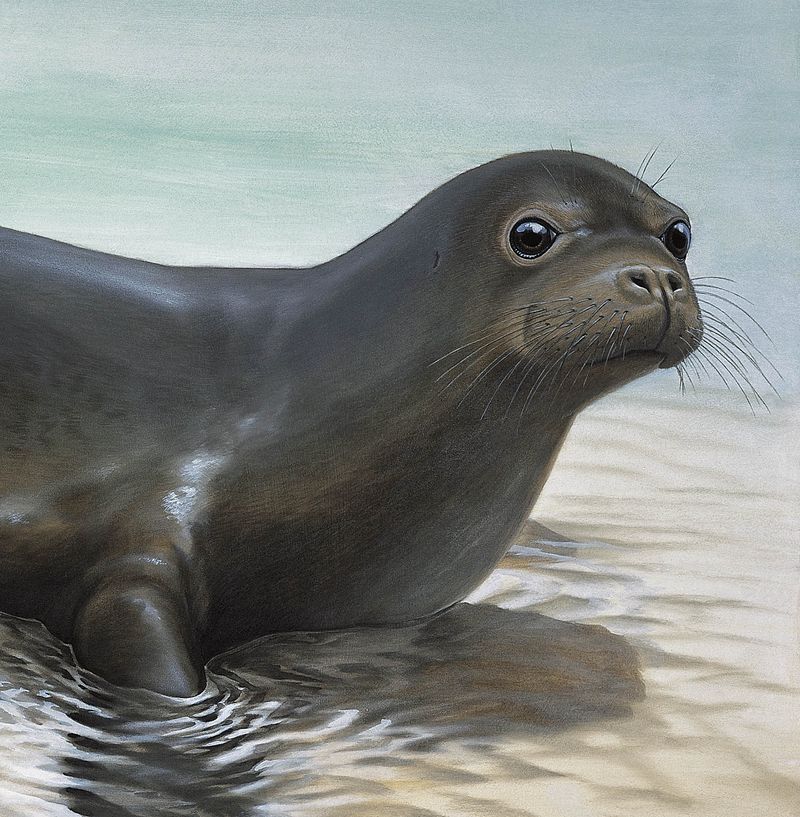
Caribbean monk seals once lounged on beaches and reefs from the Gulf of Mexico to the Caribbean islands. With brownish-gray fur and puppy-like expressions, these gentle marine mammals showed little fear of humans when first encountered.
Columbus’ sailors harvested them for oil and meat during his second voyage in 1494, beginning centuries of exploitation. Fishermen later killed them as competitors for fish. Scientists confirmed their extinction in 2008, though the last confirmed sighting was in 1952 – making them the only seal species humans have driven to extinction.
12. Tecopa Pupfish: Tiny Desert Survivor
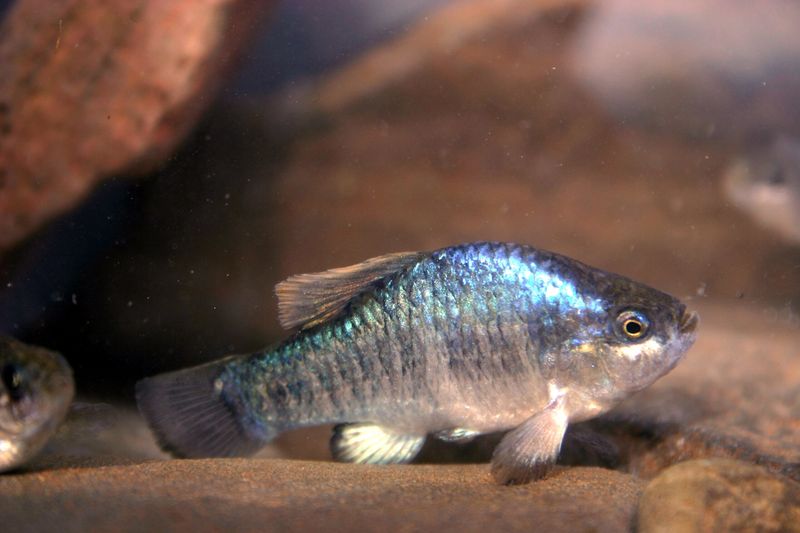
No bigger than your thumb, the Tecopa pupfish thrived in scorching hot springs of California’s Mojave Desert. These resilient little fish evolved to survive in waters reaching 108°F – too hot for most predators.
Their downfall came when humans modified their habitat, channeling the hot springs into bathhouses. When the springs were diverted for development in the 1950s, their already limited habitat disappeared. By 1970, none remained, making them the first species officially declared extinct under the Endangered Species Act.
13. Rocky Mountain Locust: The Trillion-Strong Swarm
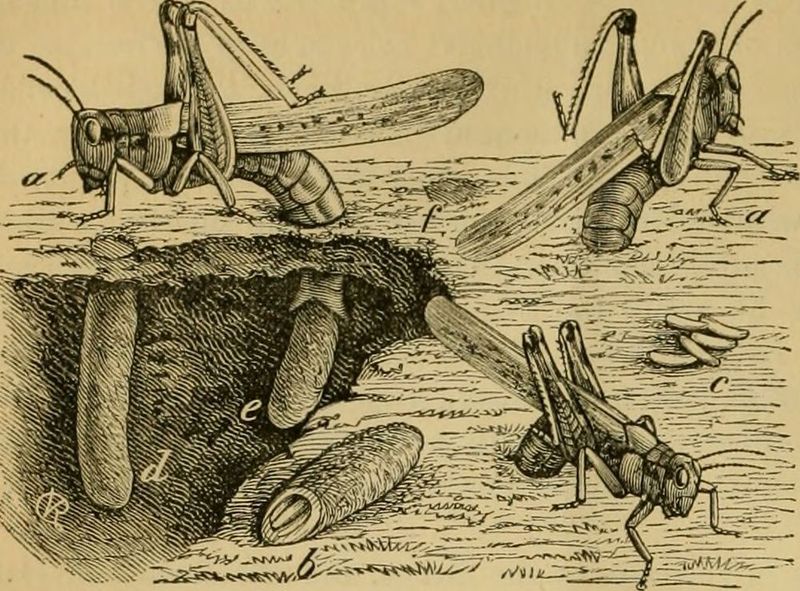
Perhaps the most numerous species ever to exist in North America, Rocky Mountain locusts formed swarms that darkened skies across the Great Plains. A single swarm in 1875 contained an estimated 12.5 trillion insects, covering an area larger than California.
These devastating swarms could destroy entire farms in hours. Yet by 1902, they had vanished completely. Scientists believe intensive farming destroyed their limited breeding grounds in river valleys. Their extinction is one of the few welcomed by humans, though it represents a remarkable ecological collapse.
14. Atitlán Giant Grebe: Guatemala’s Lost Waterbird
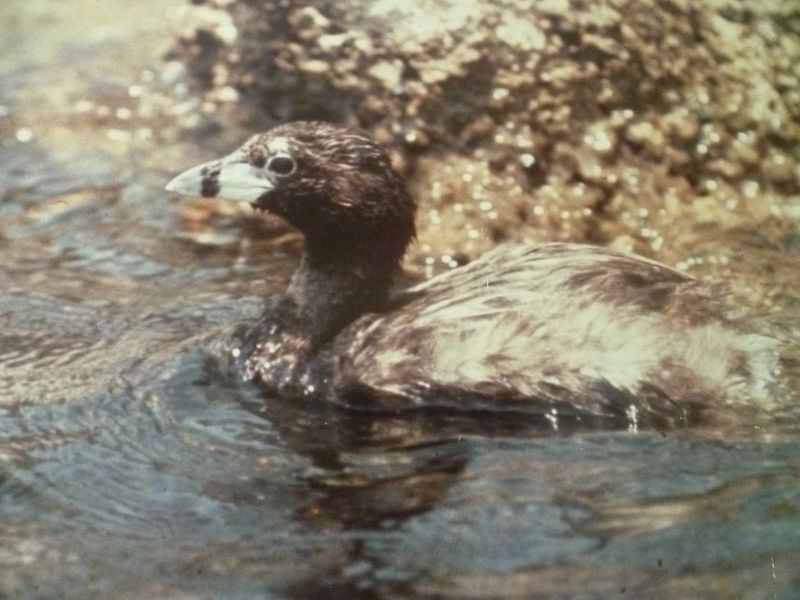
Confined to a single lake in Guatemala, this striking waterbird had a dark body, pale gray head, and bright yellow bill. Pairs performed elaborate courtship dances, rising from the water chest-to-chest while paddling rapidly.
Lake Atitlán’s introduction of bass for sport fishing in the 1960s proved catastrophic. The bass devoured the grebe’s food sources and young. Habitat destruction and water pollution delivered the final blow. Despite conservation efforts, the last pair was seen in 1989, and they were declared extinct in 2008.
15. Dusky Seaside Sparrow: Victim Of The Space Race
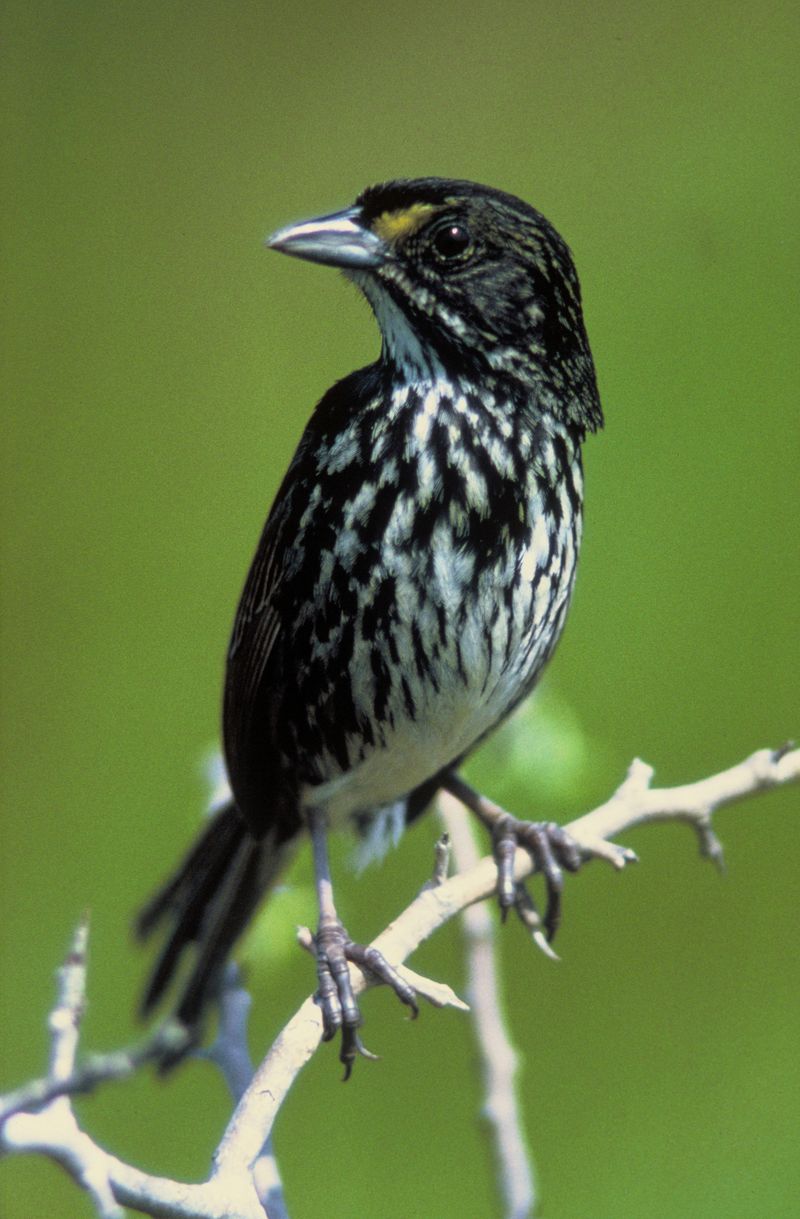
Small but distinctive with charcoal-gray plumage and yellow facial markings, the dusky seaside sparrow inhabited specific salt marshes along Florida’s Atlantic coast. Their melodious songs once filled the wetlands near what would become Cape Canaveral.
NASA’s space program development flooded their habitat with DDT to control mosquitoes. Later, marshes were drained for the Kennedy Space Center and highway construction. Conservation efforts came too late. The last known bird, Orange Band, died in captivity in 1987, marking the end of this uniquely American songbird.
16. Bachman’s Warbler: The Silent Southern Songster
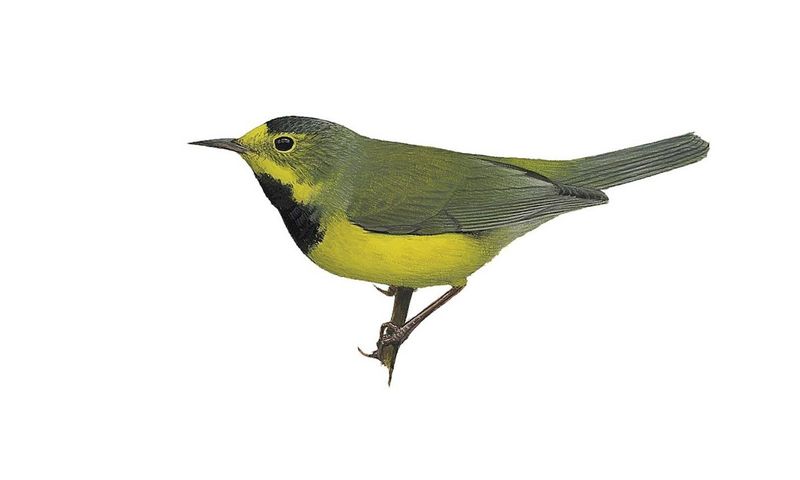
Among North America’s rarest songbirds even before its extinction, Bachman’s warbler flashed brilliant yellow underparts and black throat (in males). These tiny migrants wintered in Cuba and returned each spring to bottomland forests of the southeastern United States.
Their specialized habitat of canebrakes and swamp forests fell to agricultural clearing in both their summer and winter ranges. The last confirmed sighting came in 1988 in Louisiana, though most experts believe they disappeared decades earlier. Their distinctive song, once described as “buzzy and unremarkable,” is now lost forever.

